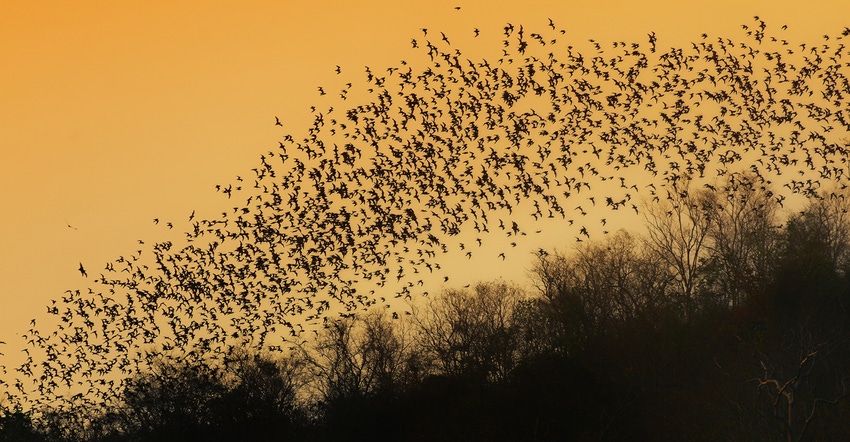November 8, 2019

I don’t know if I officially have attention deficit disorder or not, but I sure feel afflicted at times. I blame it on the internet, and its endless deluge of knowledge begging for a click. And I’m likely to succumb at some point, even though I start out determined to stay focused at the task at hand. It often feels like information overload — but I can’t complain, because it’s mostly self-induced.
It starts with my endless email. Agricultural companies, universities, readers, political interests and more all have me on their vast group mailing lists. It’s incredible how much time it takes just to sort through, prioritize and respond to email. This is where I often get sidetracked.
Here’s a case in point: I received a news release announcing Syngenta’s No. 10 ranking in the Science Careers Top Employers Survey, marking its 10th year of recognition across biotechnology, biopharmaceutical, pharmaceutical and related industries. It provided a link to see the ranking, or at least I thought. It got me wondering who else is on the list — and of course, who is No. 1?
So, I click on the link for Science magazine’s website. I’m scrolling, scrolling and scrolling, but I’m not finding this list. I am, however, finding a ton of interesting headlines.
Let the clicking begin
I watched a couple of videos. One was a new video that revealed how flies land upside down, and another showed pigs caught on video using tools for the first time. Then there was the article on how many state birds may flee their home states as the planet warms. And — because who wouldn’t be worried about this? — an article about the imminent global impact of the thawing Arctic permafrost.
A half-hour later, I’ve forgotten about the list, and I’m reading an article titled “The Economic Importance of Bats in Agriculture.”
The article was written in April 2011, the year the United Nations declared the Year of the Bat to strengthen efforts for protecting the world’s only flying mammal.
The article presented an analysis suggesting that the loss of bats in North America could lead to agricultural losses estimated at more than $3.7 billion per year in additional crop damage and pesticide use.
Urgent efforts are needed, the article pleaded, to educate the public and policymakers about the ecological and economic importance of insectivorous bats, and to provide practical conservation solutions.
Interesting, I thought — there’s got to be something more current on this subject, which led to a Google search on bats and agriculture. A click here, a click there. I scanned several articles, but here’s what I learned from Bat Conservation International:
There are more than 1,390 species of bats around the world.
They play a vital role in ecosystems and the economy.
Bats consume vast amounts of insects. These include some of the most damaging agricultural pests, such as the devasting corn earworm moth.
Pregnant or nursing mothers of some bat species will consume up to their body weight in insects each night.
Bats pollinate many valuable plants, ensuring the production of fruits that support local economies, as well as diverse animal populations.
Bat droppings (called guano) are valuable as a rich natural fertilizer.
Bats provide at least $23 billion in agricultural and human health savings for the planet every year.
Bat populations are threatened by a disease called white-nose syndrome, a fungal infection that has had catastrophic impacts on certain bat species.
Bats are also threatened by the increased development of wind power facilities. They have an as-yet unexplained attraction to wind turbines — to their demise.
The good news: Bats can live to be over 30 years old in the wild. It’s clearly in every farmer’s interest to protect bats and encourage population growth.
So what can you do? Farmers can help by putting up bat boxes for roosts, or managing roosts in barns to reap the rewards of having bats around.
Bat Conservation International has tips for attracting bats all around the world. And, as pointed out by Kate Harms of Rodale Institute, who was quoted in a blog under the U.S. Fish and Wildlife Service Northeast Region, Terry Lobdell has created a manual for producing bat houses.
A click here, a click there, and I’ve totally lost focus. Now back to work.
But look, there’s a squirrel! (If you don’t get this, look up squirrel syndrome on Google; you never know where that might lead you.)
You May Also Like




